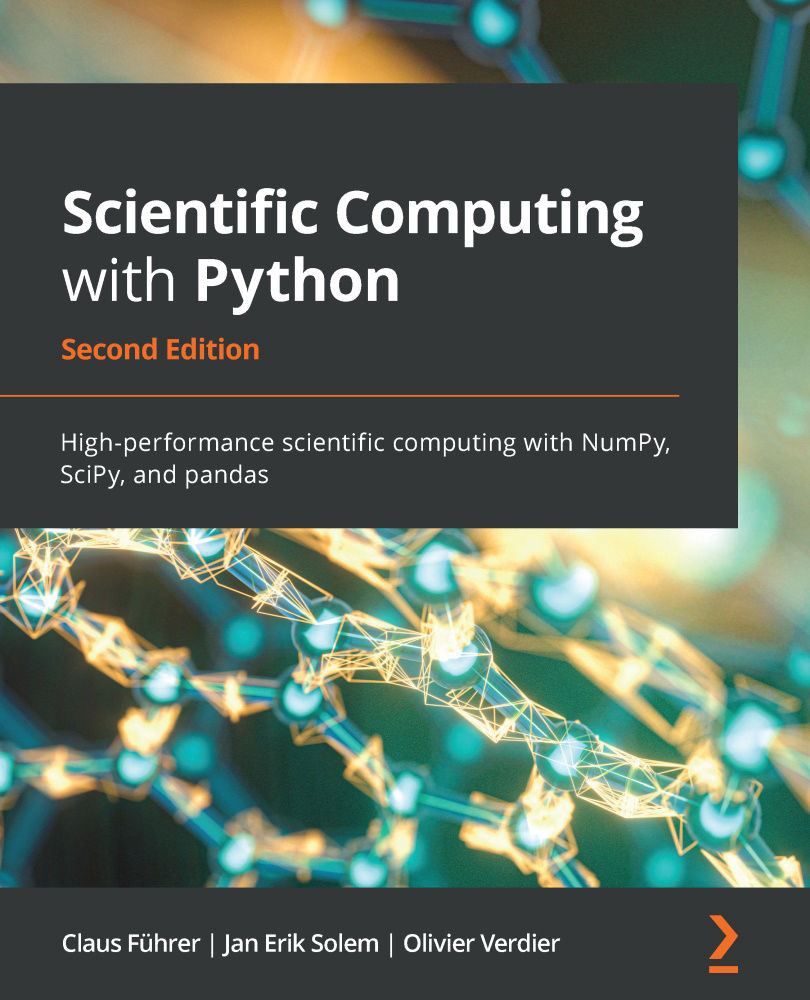In the last section, we saw how to redirect the input and output of Python programs to files. The data flow between different Python programs or between a Python program and a Linux command goes, in that case, via a file. If the data is not used elsewhere or should be saved for later use, this is a tedious process: creating, naming, and deleting a file just for directly passing information from one piece of code to another. The alternative is to use a Linux pipe that lets the data flow in a direct stream from one command to another.
Let's start with a pure Linux example and then apply the pipe construction to Python.
The Linux command ifconfig displays a lot of information about the actual network configuration of a Linux computer. Among this information, you find the IP number(s), which are the current network addresses in use. To automatically find out whether a computer, for example, a notebook, is connected via a certain...


